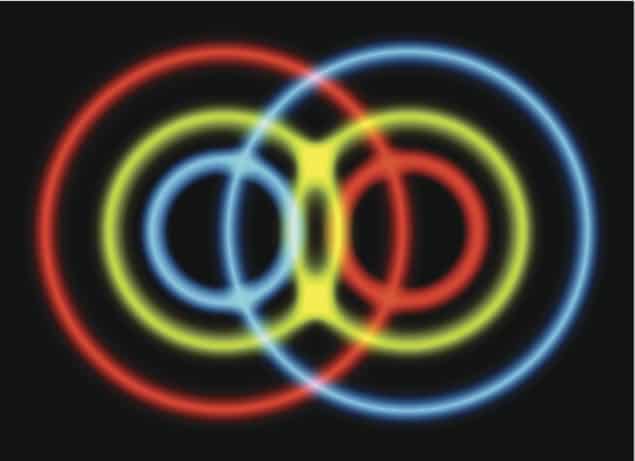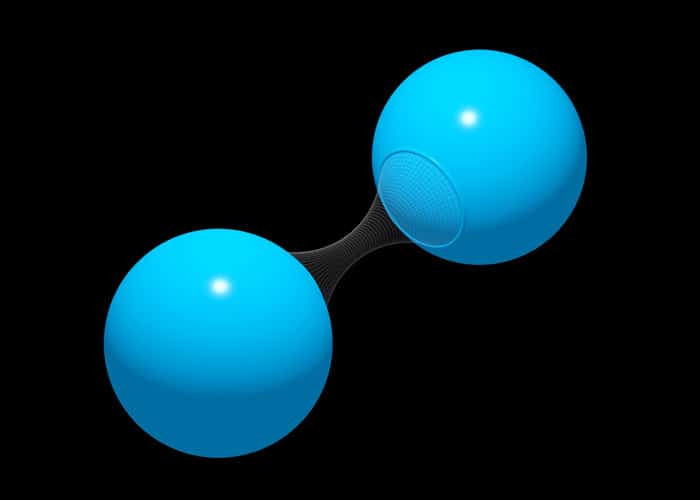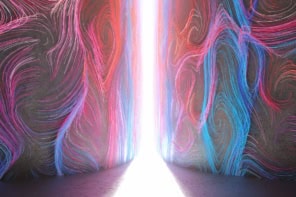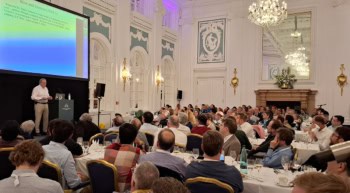
Two independently-prepared identical particles can become entangled when they overlap spatially, even if there is no interaction between the particles. What is more, this entanglement can be used a resource for quantum-information proocessing – according to Rosario Lo Franco and Giuseppe Compagno at Italy’s University of Palermo.
Entanglement is a purely quantum-mechanical phenomenon that allows two or more particles to have a much closer relationship than is allowed by classical physics. While entanglement plays a crucial role in quantum-information protocols such as quantum teleportation and quantum cryptography, not all entangled states are useful as quantum resources.
One important open question is whether identical quantum particles – which are therefore indistinguishable – can be used a practical resource for quantum technologies. One problem, for example, is that identical particles cannot be addressed individually as quantum bits (qubits).
Spatially localized
Lo Franco and Compagno began their study of indistinguishable particles by looking at the “local operations and classical communication”, or LOCC, protocol, which is a quantum-information protocol that involves two distinguishable particles. Then they modified LOCC by considering the effect on two indistinguishable particles (such as photons) that overlap spatially. This could occur, for example, if two photons are in a waveguide at the same time. They call their new protocol “spatially localized operations and classical communication” (SLOCC).
“We have found the novel characteristic that the indistinguishability of identical elementary systems is a source of useful quantum features, especially entanglement,” Lo Franco told Physics World. “We also prove this operational entanglement is physical in that it can be directly exploited by SLOCC to activate quantum teleportation,” he said, adding “the results open the way to new quantum-enhanced applications”.

Theorists disentangle particle identity
Lo Franco describes SLOCC as “experimentally friendly” and points out that it can create entangled pairs of photons without the need for an interaction between the particles. As a result, he claims that a source of entangled photons could be created simply by firing two photons into the same waveguide. Such a source has the potential to be much more efficient at producing entangled pairs than current technologies such as those involving parametric down-conversion in nonlinear crystals.
Lo Franco and Compagno describe their calculations in Physical Review Letters and say that as well as working for photons, SLOCC could also be applied to other quantum systems including solid state circuit quantum electrodynamics and Bose-Einstein condensates.



